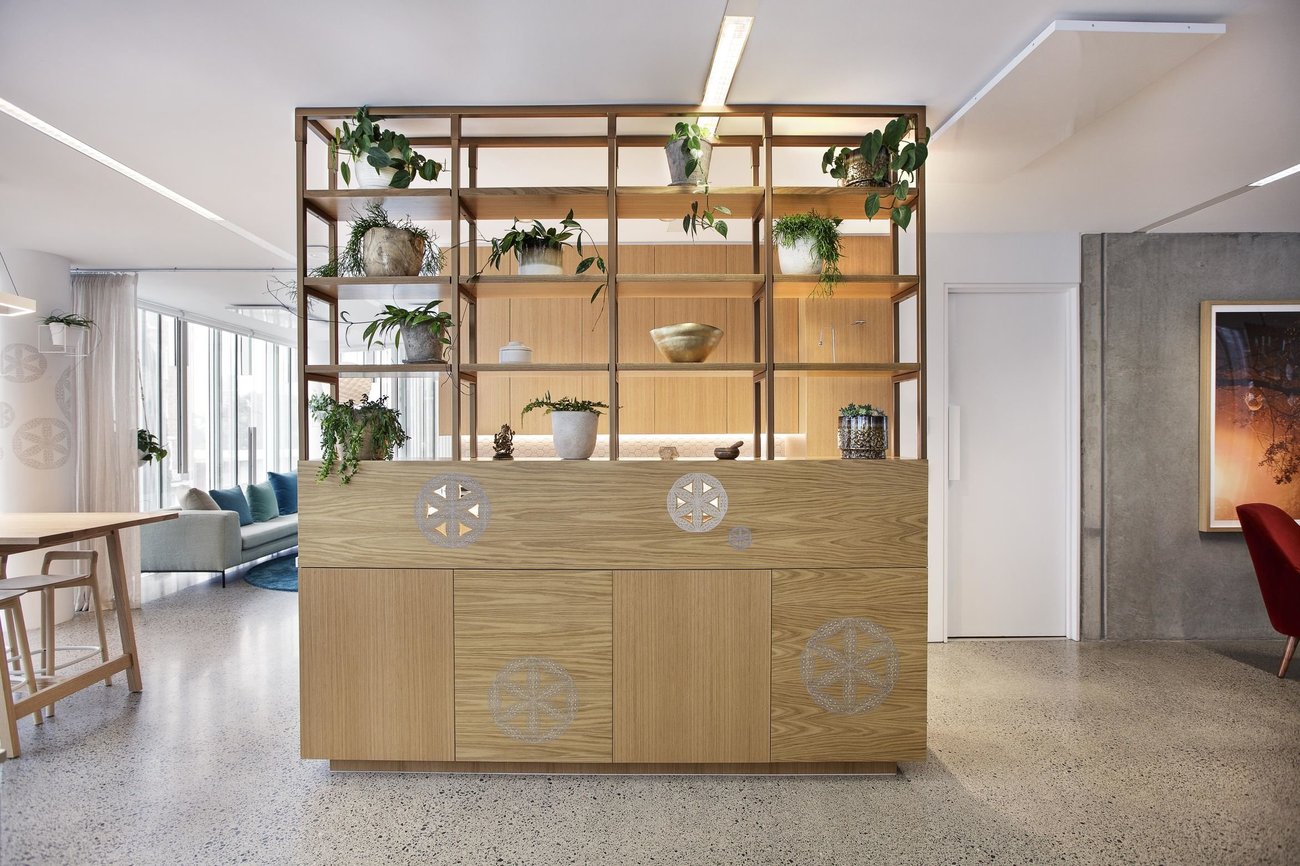The humble gardener: Miranda Brown and the importance of harmonising with nature

When did you actually last have a walk in the forest? How do you feel in nature?
Such questions might, on the surface, appear to have little to do with design. But that’s not the case – as artist Miranda Brown explains.
“It’s a connected approach,” she says. “It’s all about connection. When we’re connected we actually work as a tribe.”
And the meaning goes deeper than that.
“Every creature has a purpose in nature. Do we? Has our system enabled it?”

These questions are among the things at the forefront of Brown’s design, and the kaupapa behind what she does. “Humans need to be humble gardeners,” she says. “We’re here to work with nature in harmony.”
Brown works to break down the artificiality of spaces with her designs. “I commune with nature. It’s actually there to have a relationship with.”

Brown’s designs tell stories, and she says this is also a key kaupapa of what she does. “I do this because I genuinely care and want to be part of the change.”
Brown collaborated with Amanda Hookam Kraft from Regenesis Design on the office interior of Samson Corporation’s Geyser Building in Parnell, a collaboration which was a finalist at this year’s Best Design Awards. The brief was to “connect people to nature, a space to breathe, to be nurtured and inspired,” and the result is an interior space where the bathroom walls are adorned with Brown’s native flowers, bare concrete poles are given new surface textures, and the glass walls of the new meeting rooms are embedded with designs based on biological patterning in laser-cut transparencies.

As Brown says: “My creative enterprise began to morph in 2010 when a series of illustrations were selected for a life-changing commission in New Lynn’s high-profile, new transport interchange project. Up until then, my focus had been on my fashion brand and textile applications – now suddenly my work became a 3D component of architectural space. I never looked back.
“I realised that what begins as an intimate and intricate illustration can be applied across an entire floor setting or external wall. The potential to scale-up designs to large public spaces became possible. And light became a feature of the work too so I began to work with transparency. The works are entirely scalable.”

An exhibition at Jasmax in Auckland, where the designer integrated her designs in the stairways and wall surfaces of the office interior, showcased the potential for collaboration with that industry. Her illustrations also feature in the furnishing textiles of the New Zealand consulate in Hong Kong.

The New Zealand consulate in Hong Kong.
Brown’s “Lovebirds” series, featuring the native flora and fauna of the Canterbury region, hangs brightly on the curtains between beds in Burwood Hospital in Christchurch.
That particular project holds a lot of meaning for Brown because of the importance of design in lifting spirits and encouraging healing. “It’s all about well-being,” she says, adding a goal is to boost mood and encourage positive thinking. “Humans flourish when they’re in nature,” she says. “I am deeply inspired by the natural world and my intention is to integrate beauty into spaces to celebrate our natural and cultural identity in a meaningful way.”

Burwood Hospital in Christchurch.
It all goes back to harmonising with nature, says Brown. “I want people to breathe. Nature is surprising. Nature’s dynamic. [Design] has to have that flow. We need to see more of it.”

Burwood Hospital in Christchurch.
One thing Brown does not want her designs to be interpreted as: overly materialistic – because our culture already has enough of that, and design sometimes fails to capture a more complete spectrum of experience. “It’s about education,” Brown explains. “It’s not just about money and capital gain. It’s got to be holistic. It’s not summer all the time. But capitalism kind of is. It’s pushed us to be showy, to consume.”
Most recently, Brown has illustrated author Joy Cowley’s new book on relationships, Made for Love. Current projects include a commission with Eunice Taylor lighting for the Matamata Town Hall refurbishment, along with a placemaking flag project in Kelston that is supported by Whau Local Board.
But it all goes back to a holistic relationship with the world in which we live, by collaborating with it. Brown finishes with a question that anyone – not just designers – would do well to ponder.
“I ask: what’s in your heart?”





